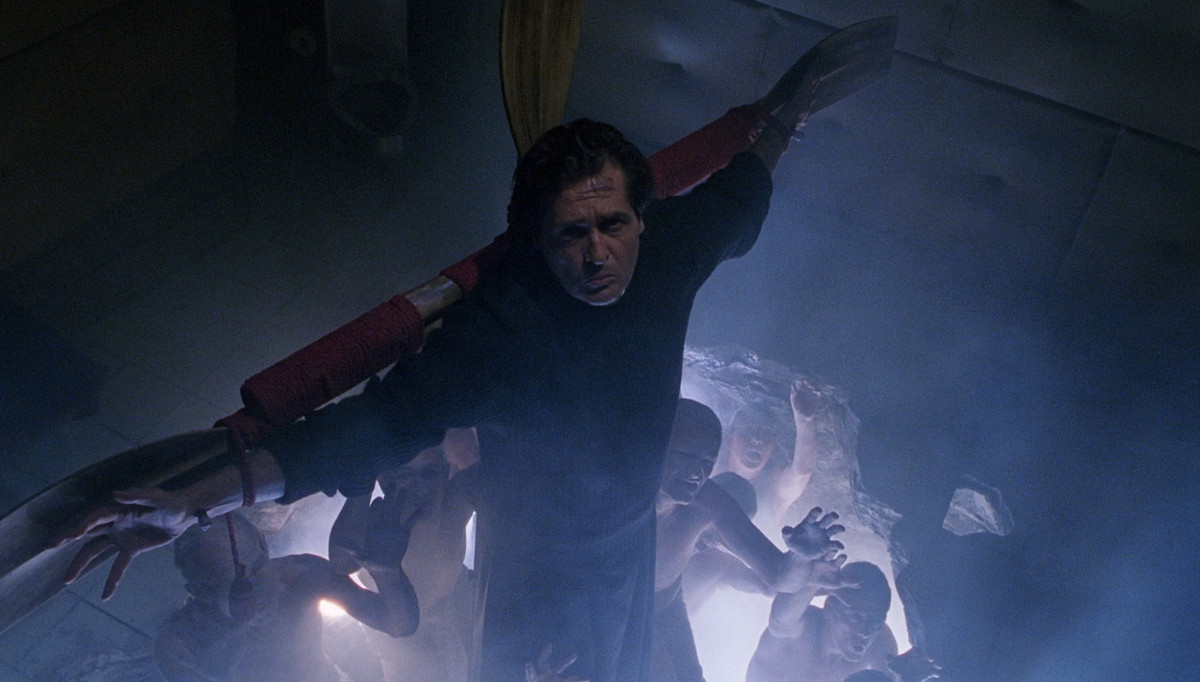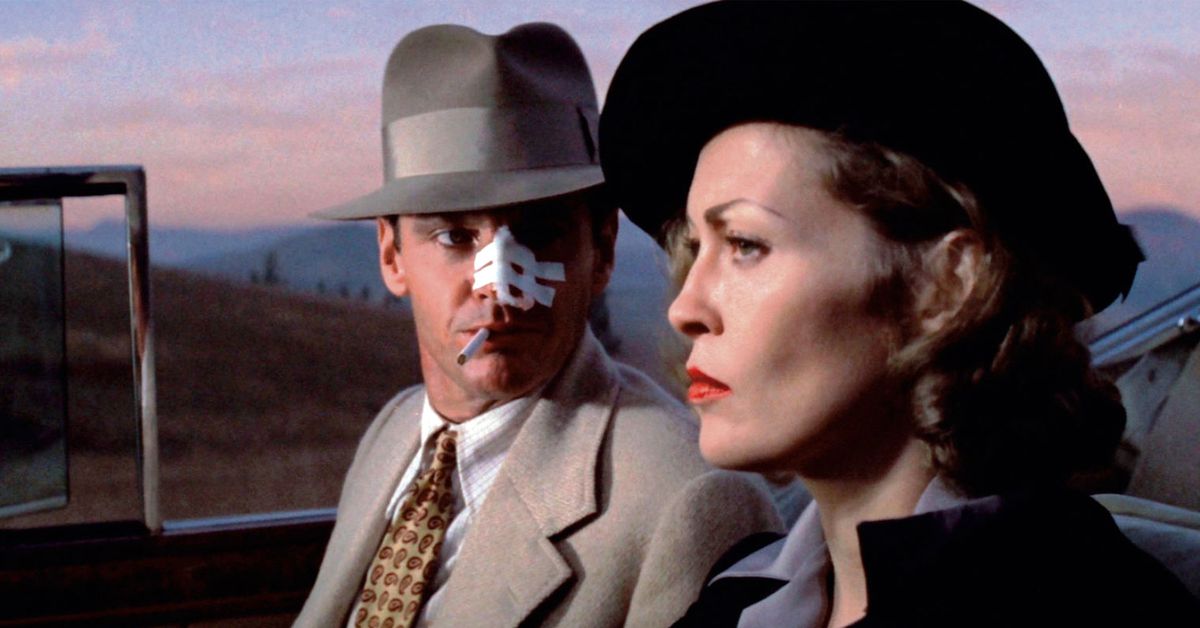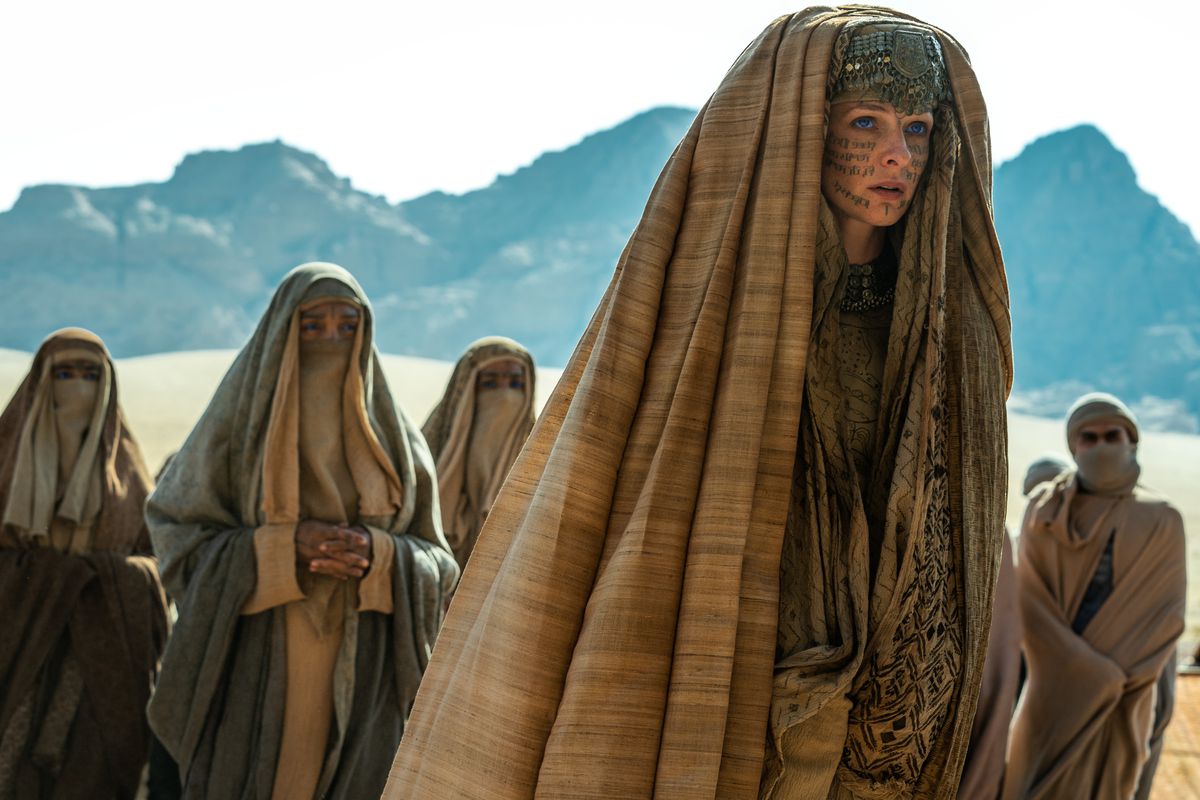It’s been a long road back to Hollywood for John Woo. His last American movie was the Ben Affleck-led sci-fi movie Paycheck, a commercial success largely rejected by critics. That was 20 whole years ago. In 2023, though, one of action movies’ greatest minds has returned stateside with Silent Night, a largely dialogue-free revenge thriller that sees the legendary director reinventing his style once again.
Woo hasn’t been gone since Paycheck, just gone from Hollywood and working in China. His output in that time has included a few historical dramas (highlighted by the epic two-part Red Cliff) and the action thriller Manhunt. While there have been some gems in there, Woo told Polygon that since Paycheck, he hasn’t been happy with the limited projects available to him.
“In China, all I could do [were] historical movies,” Woo says. “In America, since I’d been established as a big-budget movie director, there’s a lot of cool scripts of little productions [I want to direct], but they’ll never come to me. So I was so frustrated, and I was so limited. All I could do was a big commercial action movie. I never got a real script.”
Woo has been waiting for the right project for his next step, and he found it in Silent Night. Robert Archer Lynn’s script featured no dialogue, which immediately appealed to Woo as a challenge, letting him reinvent the way he thinks of his movies. Woo grew up as a fan of silent cinema, especially Charlie Chaplin and Buster Keaton. But he told Polygon he intentionally avoided using those moves as reference points in favor of relying on his instincts.
The movie’s gimmick provided some limitations and obstacles, but Woo was most interested in trying to make an action movie that felt more grounded than the melodramatic, highly stylized action he is known for.
“[It was good] to try something new,” Woo says. “I did a really big change [to] my style. It doesn’t look like much of a Hollywood movie. All the action sequences, I brought a more realistic [approach]. And some of the action is not over the top, and all the action works for the character and the human story.”
:no_upscale()/cdn.vox-cdn.com/uploads/chorus_asset/file/25105398/silent_night_SILENTNIGHT_Unit_220322_00172RC3_rgb.jpg)
That story follows Brian Godluck (Joel Kinnaman), a father whose young son is killed on Christmas Eve, an innocent bystander to a drive-by shooting by local gang members. Chasing down the culprits, Brian is shot in the throat, losing his ability to speak. A year (and a training montage) later, Brian is ready to enact vengeance.
While Woo is trying a different, more grounded approach for Silent Night, his connection to the emotional elements of his stories is still very present. Brian’s wife, Saya (Catalina Sandino Moreno), also grieves the loss of their son, and Woo’s camera (and the movie’s silence) gives that pain focus. Brian wants to communicate his anger but does not know how, especially without the use of his voice.
The movie’s most effective emotional beats come in its dream sequences, where Brian imagines that he’s playing with his son, or lying in bed, before waking up to stark reality. The lighting abruptly changes in those moments, with colorful toys and lights quickly replaced by the dull tones of life without their son. These moments were initially going to be flashbacks, but Woo and Kinnaman came up with the dream-sequence idea together, which allowed the scene changes to happen in-camera for greater effect.
“In the script, it had a flashback,” Woo says. “He was playing with toys with his son. It was pretty boring to see, and then Joel Kinnaman, he turned to me and said, ‘What if I dream that I’m sleeping next to my son?’ So I took out all the flashbacks, and I said, ‘OK, let’s do it all in one shot.’”
Woo had Kinnaman lie on the bed and close his eyes as the camera pushed into a close-up. Then, Brian’s son (Anthony Giulietti) gets into bed with him, and the camera pulls out to see both of them. Finally, the camera pushes into one more close-up, and when it pulls back, his son is gone. “The dream is over,” Woo said.
“I really like to see how actors feel in a certain scene,” he says. “I like to combine their idea and their feeling fully into the scene.”
:no_upscale()/cdn.vox-cdn.com/uploads/chorus_asset/file/25105408/silent_night_SilentNight_FeatureStill_17RC_Crop_rgb.jpg)
Those dream sequences aren’t the only stylish one-take scenes; it is a John Woo movie, after all. Silent Night shines in the action sequences, which there are plenty of in the back half of the movie. Two in particular stand out: a close-quarters fight with a gangster in a garage, and a fight against a whole bunch of gangsters while Brian travels up a staircase in their base of operations. Both were shot mostly in one continuous take.
“It looked so real, so powerful,” Woo says of the garage scene. “Only in my Hong Kong movies had I used a similar technique, but for a Hollywood movie, first time for me.”
The staircase sequence was a particular challenge because of how narrow the location was and how many extras were involved in the shot, which sees Brian fight through four floors of stairs. Woo says his team only had one day to rehearse and one day to shoot the sequence.
“The stunt team was so excited, they had never tried it before,” Woo says. “And Joel Kinnaman, he’s a real good actor. He’s not the superhero type or super fighter type, so he looks so real. So our action looks so real as well.”
While Woo may have perfected the one-take action sequence in the legendary hospital sequence in Hard Boiled, it’s not a technique he repeatedly leans on in his movies. But the action master has clearly been thinking about it: He told Polygon he’s sick and tired of fight sequences that use lots of jump cuts and shaky camera techniques.
“It’s hard to read what they’re doing, how they’re fighting,” Woo says. “They try to get the feeling, but the feeling is not enough. It looks fake to me. They are using this kind of technique because an actor couldn’t fight. That’s the only impression they give to me. I like long-take fights, because it makes the audience feel it’s a real thing, and there’s real impact.”
:no_upscale()/cdn.vox-cdn.com/uploads/chorus_asset/file/25105443/silent_night_SILENTNIGHT_Unit_220329_00238_f_rgb.jpg)
While there are recognizable Woo calling cards (including Scott “Kid Cudi” Mescudi dual-wielding pistols, at Mescudi’s specific request), Silent Night approaches John Woo action from a different vantage point. Without dialogue, the movie leans into other elements of sound design, with multiple big car wrecks and big shootouts that have immensely satisfying pops of sound.
But the big John Woo calling card on everyone’s mind is the doves. Doves appear in many of Woo’s movies, and it seemed like this movie might be too serious to include that light touch. That was Woo’s intent, but his crew had other plans, and they went semi-rogue on the director.
“I tried [not to have doves], to do it a bit different,” Woo says. “But my team, my crew, they weren’t happy about it. So my art department, they make fun with me. In one shot on the street, they drew my picture and a dove on the wall. Because they all miss it, and they all wanted to have it. It ended up in the movie [anyway].”
Silent Night is in theaters Dec. 1.








